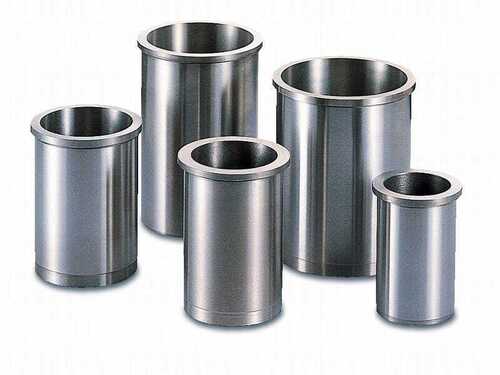
Cylinder liner
600 INR/Piece
Minimum Order Quantity : 5 Pieces
Call us now
08045477802
Minimum Order Quantity : 5 Pieces
Product Type Motorcycle Engine Part
Parts Name Engine Mounts
Material Steel, Aluminum, Iron, Metal
Application Automobile
Main Domestic Market All India
A cylinder liner, also known as a cylinder sleeve, is a cylindrical component placed inside the cylinder of an engine block. Its primary function is to provide a durable and smooth surface for the piston rings to slide against, creating a tight seal between the piston and the cylinder wall. Here are some key descriptions and characteristics of cylinder liners:
Material: Cylinder liners are typically made from materials such as cast iron, alloyed cast iron, or even ceramic materials in some high-performance engines. These materials are chosen for their durability, heat resistance, and ability to maintain dimensional stability under extreme conditions.
Function: The main purpose of a cylinder liner is to protect the engine block from wear and tear caused by the piston movement. It also helps in heat dissipation and provides a stable bore surface for the piston rings to function effectively.
Types: There are several types of cylinder liners based on their installation method and material:
Design: Cylinder liners are designed to withstand high temperatures and pressures within the engine cylinder. They must also maintain a precise cylindrical shape to ensure optimal piston ring sealing and minimize friction losses.
Installation: Installing cylinder liners involves precise machining of the engine block to accommodate the liner and ensure a proper fit. Depending on the type of liner, installation may require additional steps such as honing or cylinder bore finishing.
Maintenance and Replacement: Over time, cylinder liners may wear out or develop cracks due to the stresses of engine operation. Regular maintenance and periodic replacement of liners are essential to maintain engine performance and longevity.
In summary, cylinder liners play a critical role in the operation and longevity of internal combustion engines by providing a durable, heat-resistant surface for piston movement and ensuring effective sealing between the piston rings and the cylinder walls.